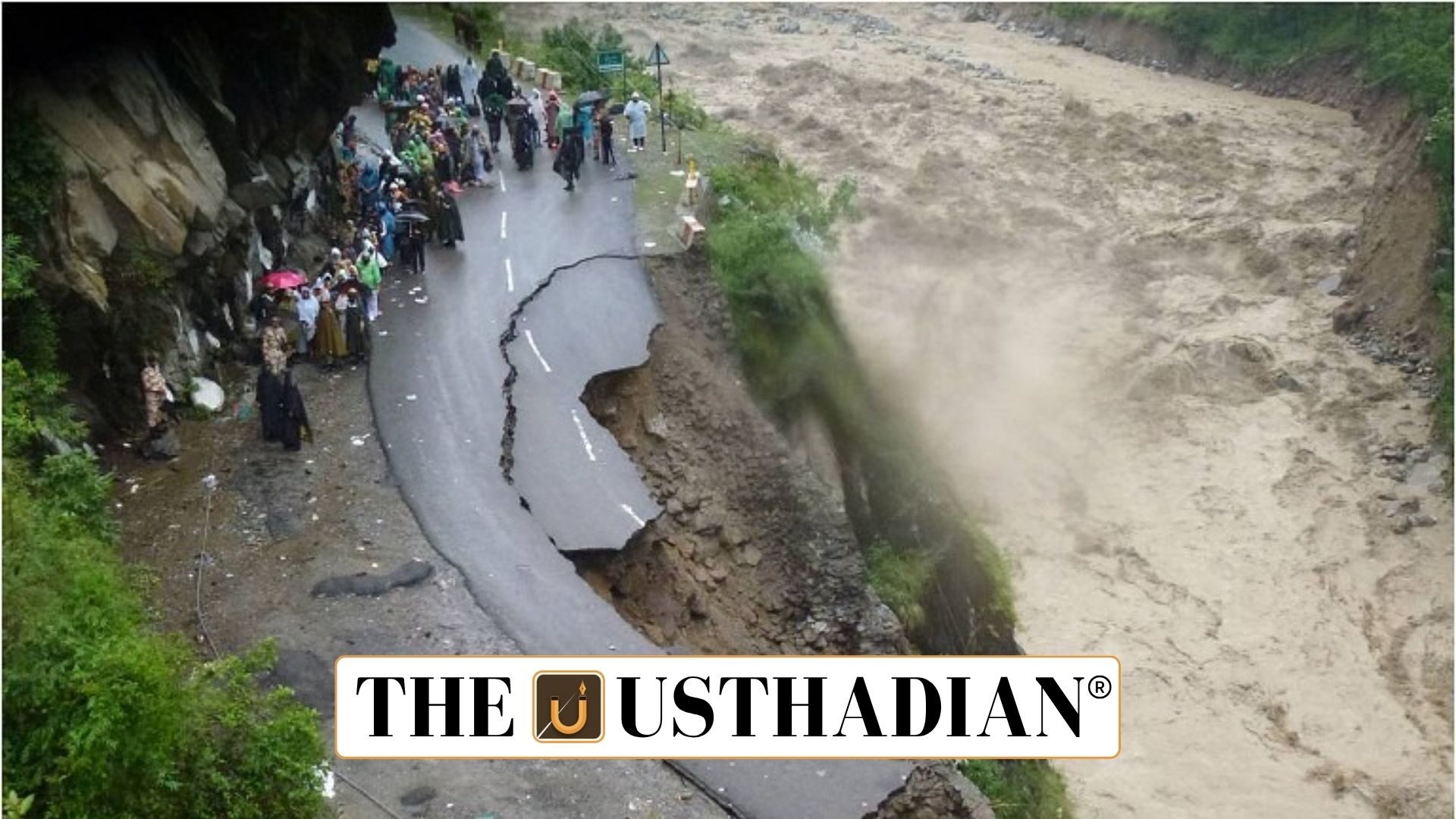Understanding Landslides
Landslides in the Eastern Himalayas: A landslide refers to the downslope movement of rock, soil, and debris under the influence of gravity. India is highly vulnerable to this hazard. As per the ISRO Landslide Atlas 2023, nearly 12.6% of India’s land area is prone to landslides. Out of this, more than three-fourths lies in the Himalayan belt, making it one of the most unstable zones globally.
Static GK fact: The Himalayas are the youngest fold mountains in the world, formed around 50 million years ago.
Eastern Himalayan Vulnerability
The recent incidents in Darjeeling and Kalimpong districts of West Bengal highlight the extreme fragility of the Eastern Himalayas. These areas face recurring landslides due to both natural and human-induced causes. Frequent monsoon rainfall, soil saturation, and unstable slopes combine with human activities such as construction and deforestation to increase disaster frequency.
Static GK Tip: The Darjeeling Himalayan Railway, a UNESCO World Heritage Site, passes through one of the most landslide-prone terrains in India.
Natural Triggers of Landslides
The Himalayas were formed by the collision of the Indian and Eurasian plates, creating fractured and faulted rock structures. This tectonic instability makes slopes inherently weak.
- Rainfall and cloudbursts cause soil saturation, triggering slope failures.
- Snowmelt and flash floods further destabilize fragile terrain.
- Seismic activity in this tectonically active zone adds to the hazard risk.
- Climate change has intensified extreme weather, increasing landslide frequency.
Human-Induced Causes
Unplanned urban expansion and infrastructure projects worsen natural vulnerability.
- Road construction, tunneling, and quarrying weaken mountain slopes.
- Deforestation and mining disrupt natural drainage patterns.
- Encroachment into fragile zones amplifies disaster risk for communities.
Static GK fact: The Himalayan region covers about 16.2% of India’s geographical area, spreading across 13 states and Union Territories.
NDMA Guidelines on Landslide Management
The National Disaster Management Authority (NDMA) provides a framework to reduce landslide risks:
- Vulnerability and risk mapping of prone areas.
- Multi-hazard planning that integrates landslides with earthquakes, floods, and avalanches.
- Early warning systems for monitoring high-risk slopes.
- Emergency response mechanisms involving NDRF, paramilitary forces, and local agencies.
- Capacity building and awareness programs for communities in risk zones.
- Legal framework for stricter land-use regulation and slope management.
Static GK Tip: NDMA was established in 2005 under the Disaster Management Act and is chaired by the Prime Minister of India.
The Way Forward
Effective landslide risk reduction requires a balance of engineering measures, sustainable land use, and strict environmental safeguards. Integration of real-time monitoring, community participation, and scientific mapping is essential for safeguarding vulnerable populations in the Eastern Himalayas.
Static Usthadian Current Affairs Table
Landslides in the Eastern Himalayas:
| Topic | Detail |
| Recent incident | Landslides in Darjeeling and Kalimpong districts |
| India’s vulnerability | 12.6% land area prone to landslides |
| High-risk zone | Himalayan belt accounts for over 75% of risk |
| Geological cause | Collision of Indian and Eurasian plates |
| Climate link | Increased rainfall and extreme events due to climate change |
| Human causes | Road cuts, tunneling, deforestation, mining, urbanization |
| NDMA role | Guidelines on risk mapping, early warning, preparedness |
| Key force | National Disaster Response Force (NDRF) |
| Static GK | Himalayas are the youngest fold mountains |
| NDMA establishment | Created in 2005 under Disaster Management Act |








